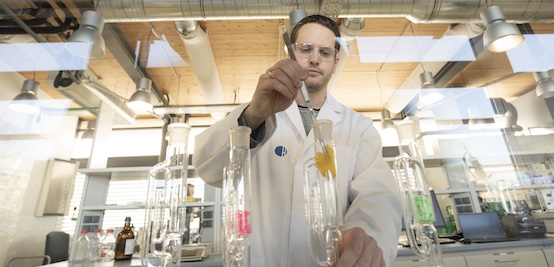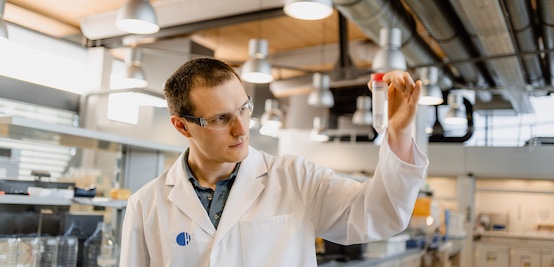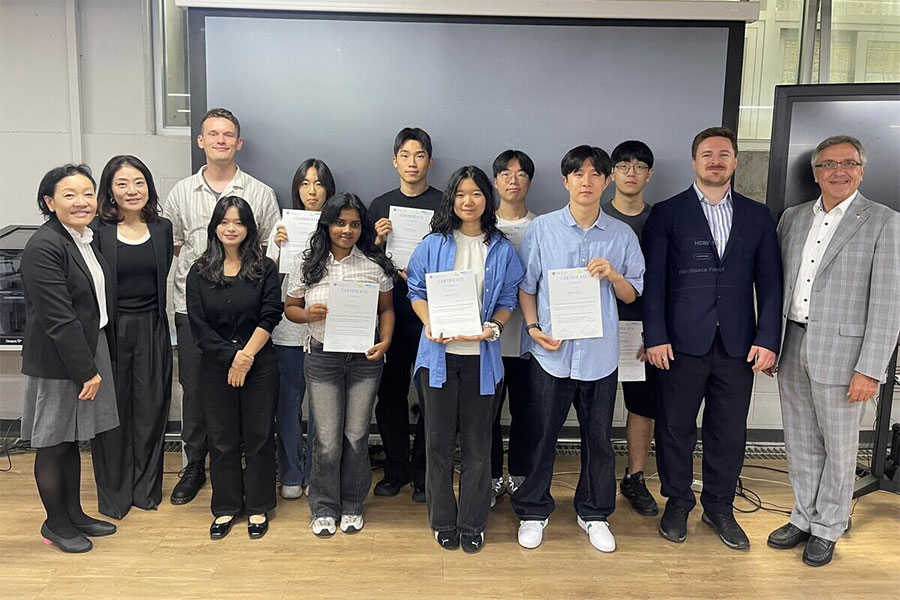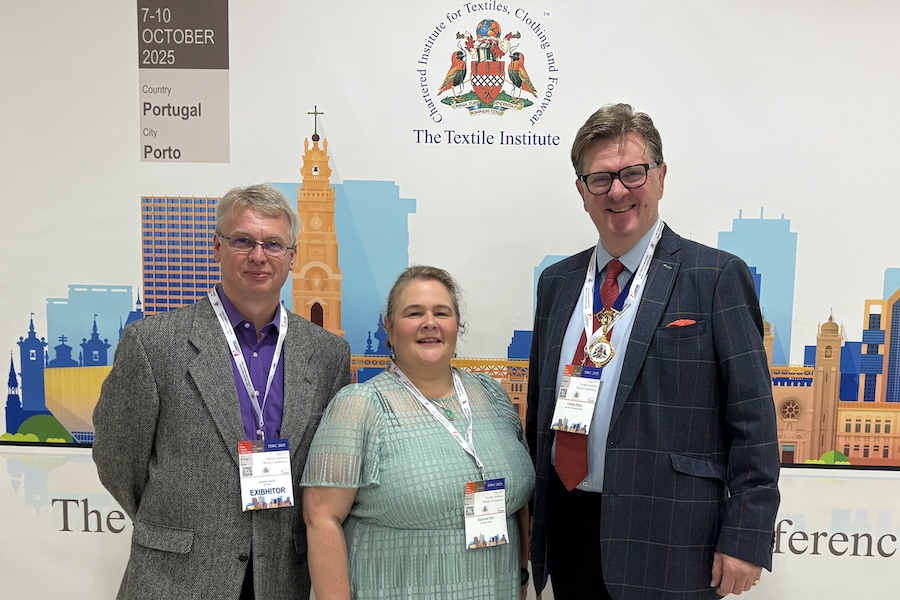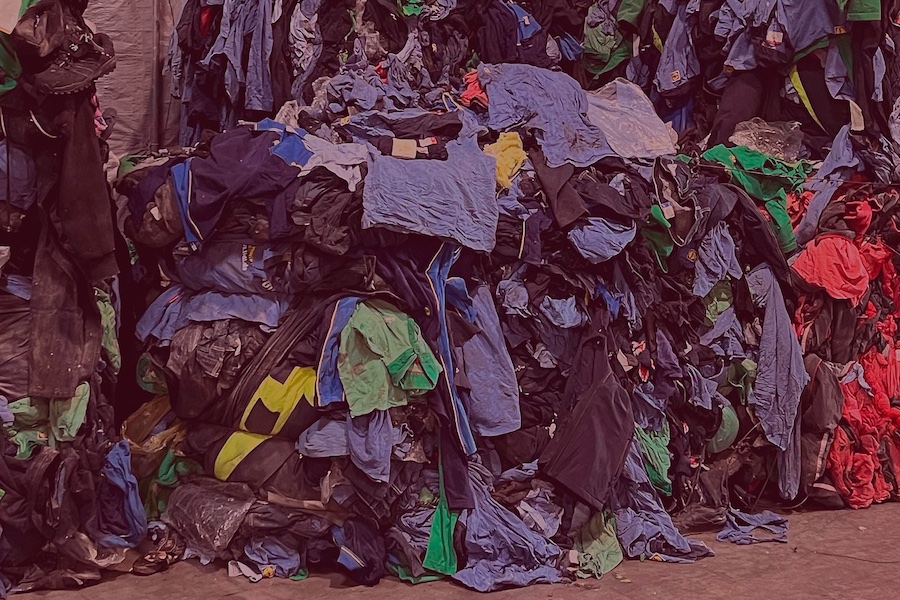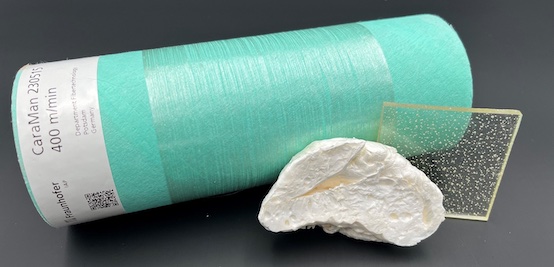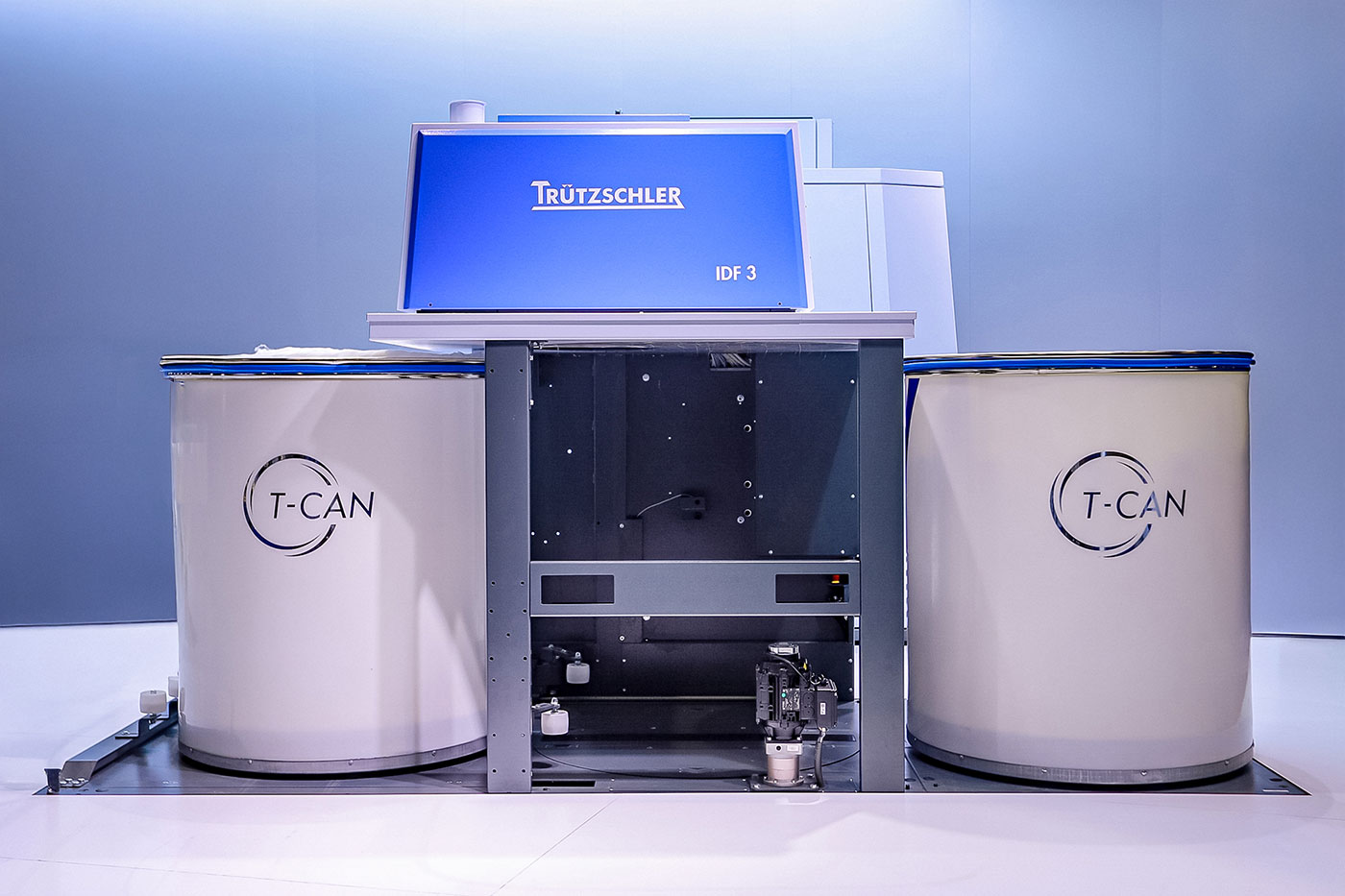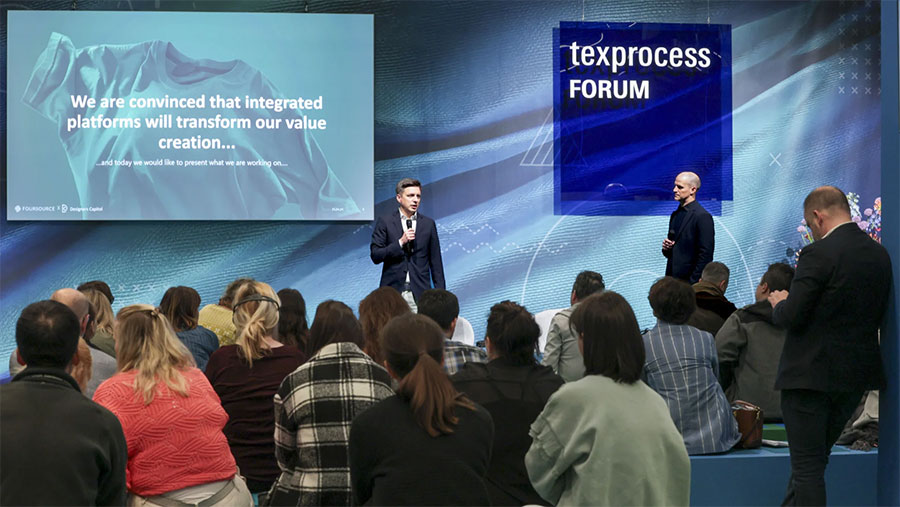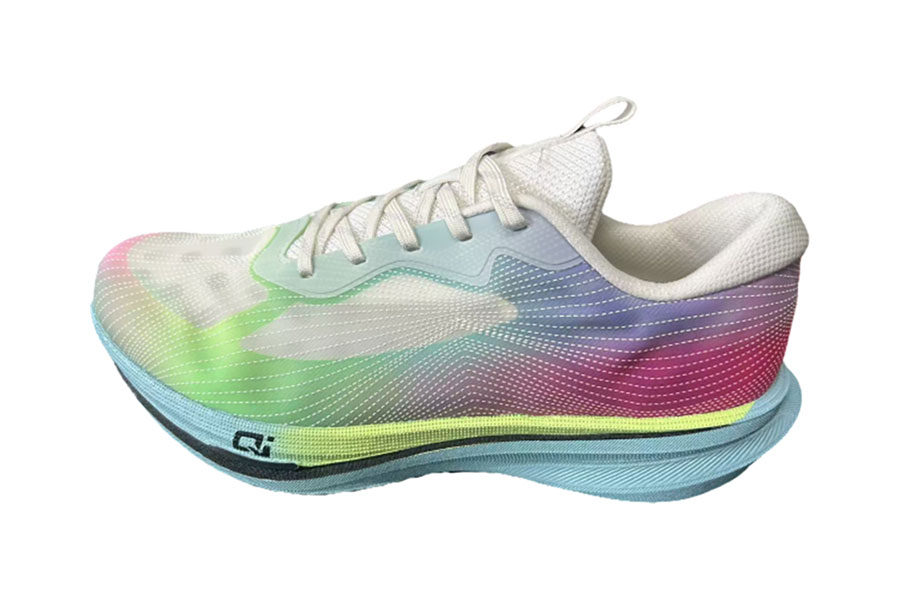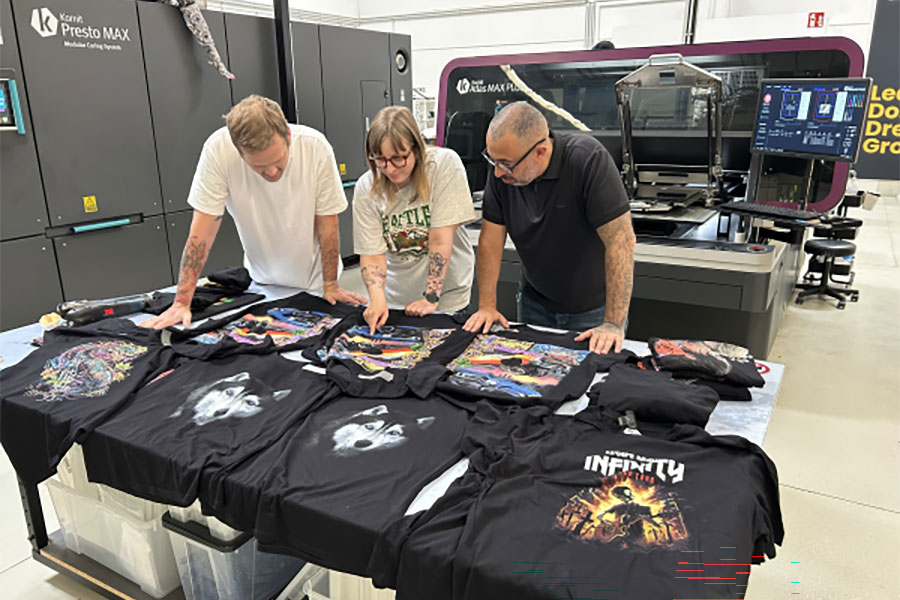#Research & Development
Hohenstein advances textile sustainability with microfiber analysis.
The new method is the result of four years of research at Hohenstein, published in anarticleby lead scientistJasmin Haap. The research team developed, refined and validated an analytical method that goes beyond current approaches of measuring the shedded mass to quantify fibre count, length, diameter and shape.
Further analysis can reveal the distribution of these attributes and even generate separate results for cellulosic fibres (e.g. cotton) and non-cellulosic fibres (e.g. polyester). This analysis is currently available exclusively through Hohenstein.
With this level of detail, researchers can now quantify in more detail which types of fibre and material constructions contribute most to microfibre release, leading to informed decisions in development of more sustainable textiles that shed less
With this level of detail, researchers can now quantify in more detail which types of fibre and material constructions contribute most to microfibre release, leading to informed decisions in development of more sustainable textiles that shed less.Synthetic microfibres are tiny pieces of plastic released into water during mechanical stress, particularly washing. Wastewater containing microfibres eventually flows through sewage into larger bodies of water.
Along the way, synthetic microfibres attract harmful substances and pollutants from the environment, thus being able to reach sea life and entering the food chains of larger sea life and even humans. Dynamic image analysis of wastewater is non-destructive, allowing additional tests, such as filtration, to be performed for further analysis.
Filtration, the most common method to date, involves filtering the wastewater from textile laundering, then weighing the remaining particles.In November 2019, Hohenstein joined the Microfibre Consortium (TMC)as a contributing research member.



